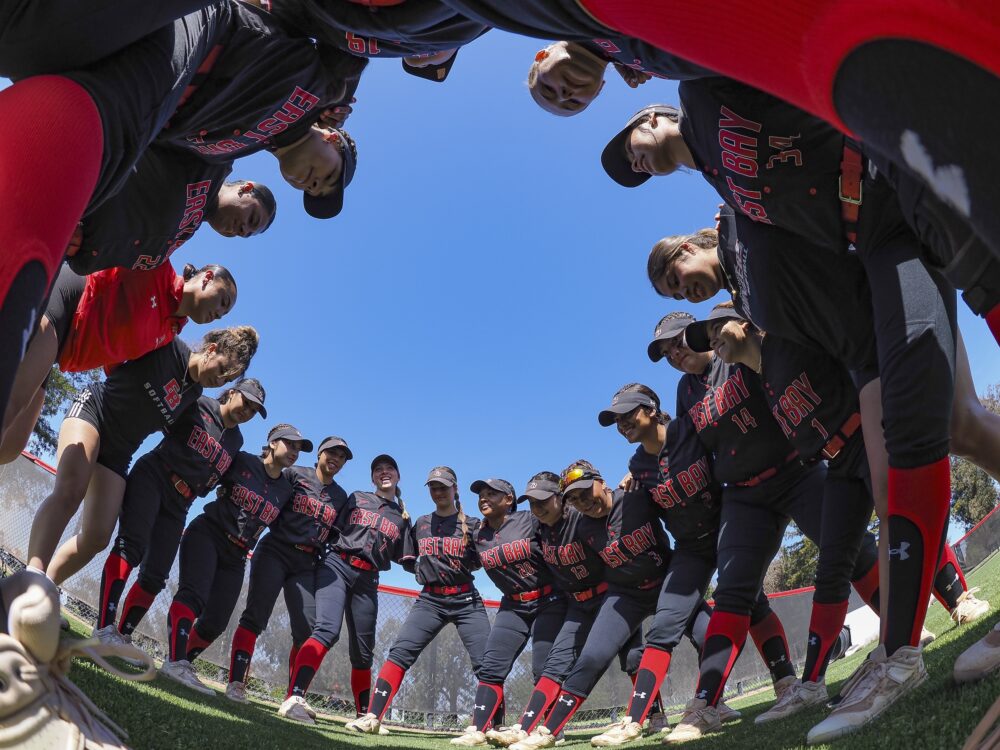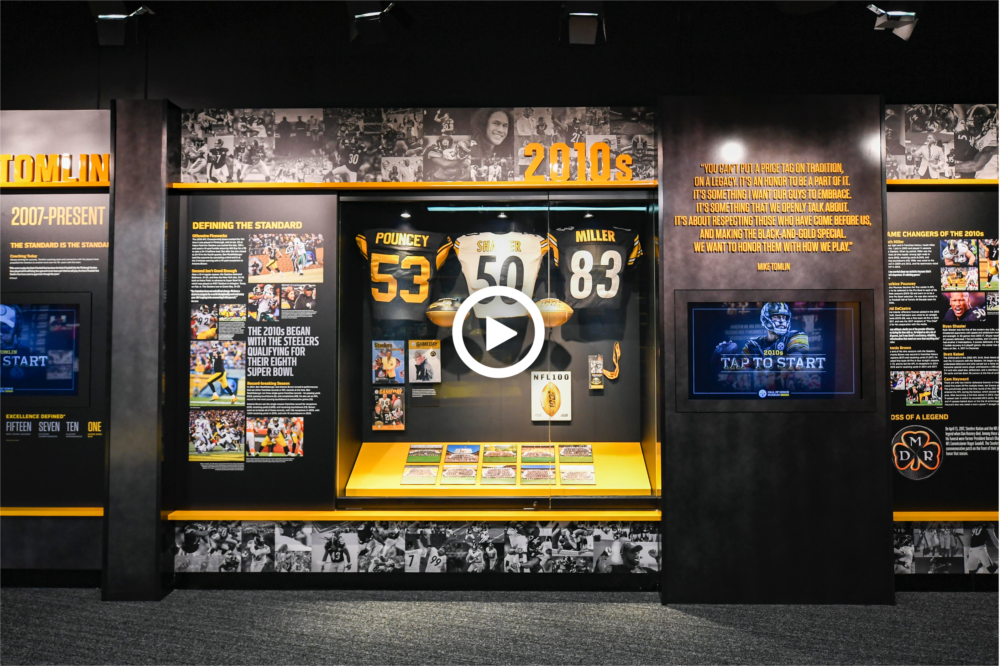Share
How a Cloud-Based Image Library Preserves History for the Municipal Association of South Carolina
Cloud-based image library preserves history for the Municipal Association of South Carolina.

Mary Brantner was the Municipal Association of South Carolina‘s 7th employee. 28 years later, the nonprofit organization has 50 employees, and Mary continues to manage all of the organization’s publications, does the editing and writing and works closely with website. In a way, she is the keeper of the association’s stories.“I kind of play the unofficial role of institutional memory here,” says Mary.
Over the years, the Municipal Association of South Carolina (MASC) has captured photos of important moments in Palmetto State history and maintained a loosely structured inventory of photos.
“As we progressed and got more and more pictures, we looked for years for a solution so we could not only just archive but retrieve pictures for historical purposes or a newsletter,” explains Mary.

Mary and her team used SharePoint for documents, but it wasn’t the right fit for images. She says it had the “allure of metadata,” but was too cumbersome for photos. She and her team considered other solutions, but they were worried about the security of their images.
“We really wanted to make sure we didn’t lose control or access to our pictures, so we didn’t want an outside company,” says Mary.
Then, they decided to take on a history project to celebrate the Municipal Association’s 75th anniversary. They started researching facts about the organization and sifting through old photos to gather material for a commemorative coffee table book. In the process, not only did they learn that the organization was actually closer to 85 years old, but also that they had boxes of printed photos and 10 years worth of digital photo archives.
“As I started to delve into that, I realized we had 2,000 images in folders on our drives,” says Mary. “They were unorganized, with duplicate copies.”
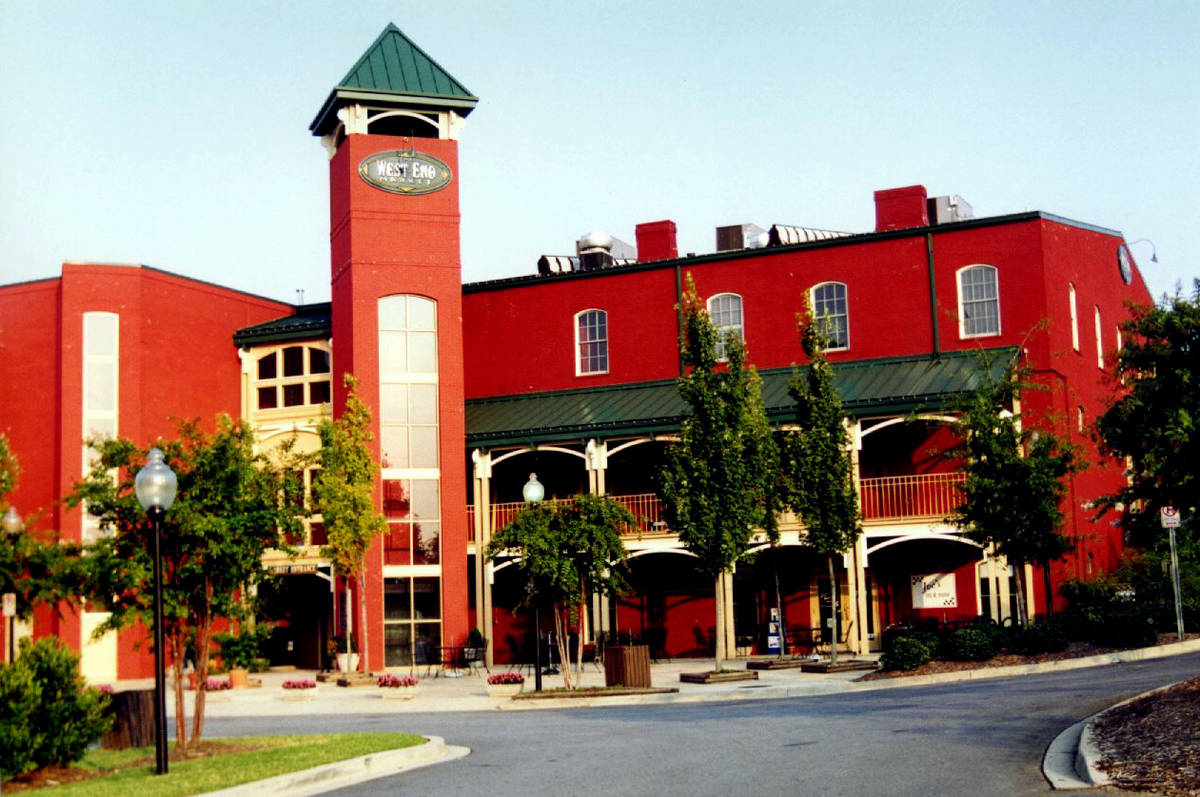
The final catalyst came when Mary decided to retire. The organization needed a way to capture her institutional knowledge.
“We wanted a way to make sure we didn’t lose that history,” says Mary. “Even more of an emphasis was put on, we have got to find some way to archive and access our pictures easier.”
As one of her final projects in her long career at MASC, Mary took on the task of preserving the organization’s photos and making them available to the team. She did a trial with PhotoShelter and used the desktop uploader to move her library into PhotoShelter for tagging as soon as possible. She knew PhotoShelter was the right fit because it allowed her to maintain the organization’s old file structure, and then tag and reorganize from there.
Already, Mary can see a long list of ways an accessible image library will help the MASC team work more efficiently.
“I hate that we have it just as I’m going out the door because it would’ve been nice to use over the years for our publications,” she laughs.
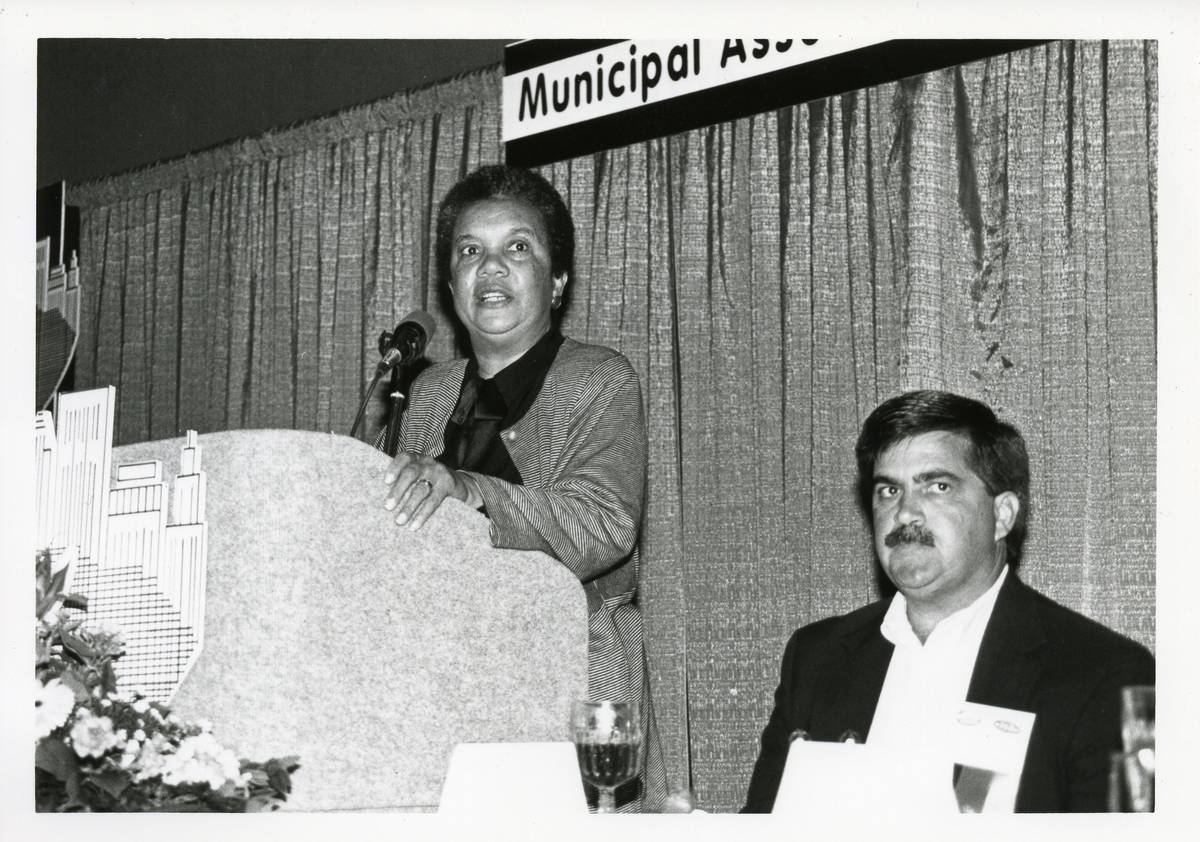
1. Image Sharing
Mary has organized the galleries in MASC’s library by city. MASC works with 270 SC cities and towns to help their communities operate more efficiently and effectively.
“My vision is to be able to make those galleries open to our city members,” says Mary.
Then, the team in Columbia could download historical Columbia photos, and on the flip side, they could help MASC add relevant metadata, like who from their town is in the pictures.
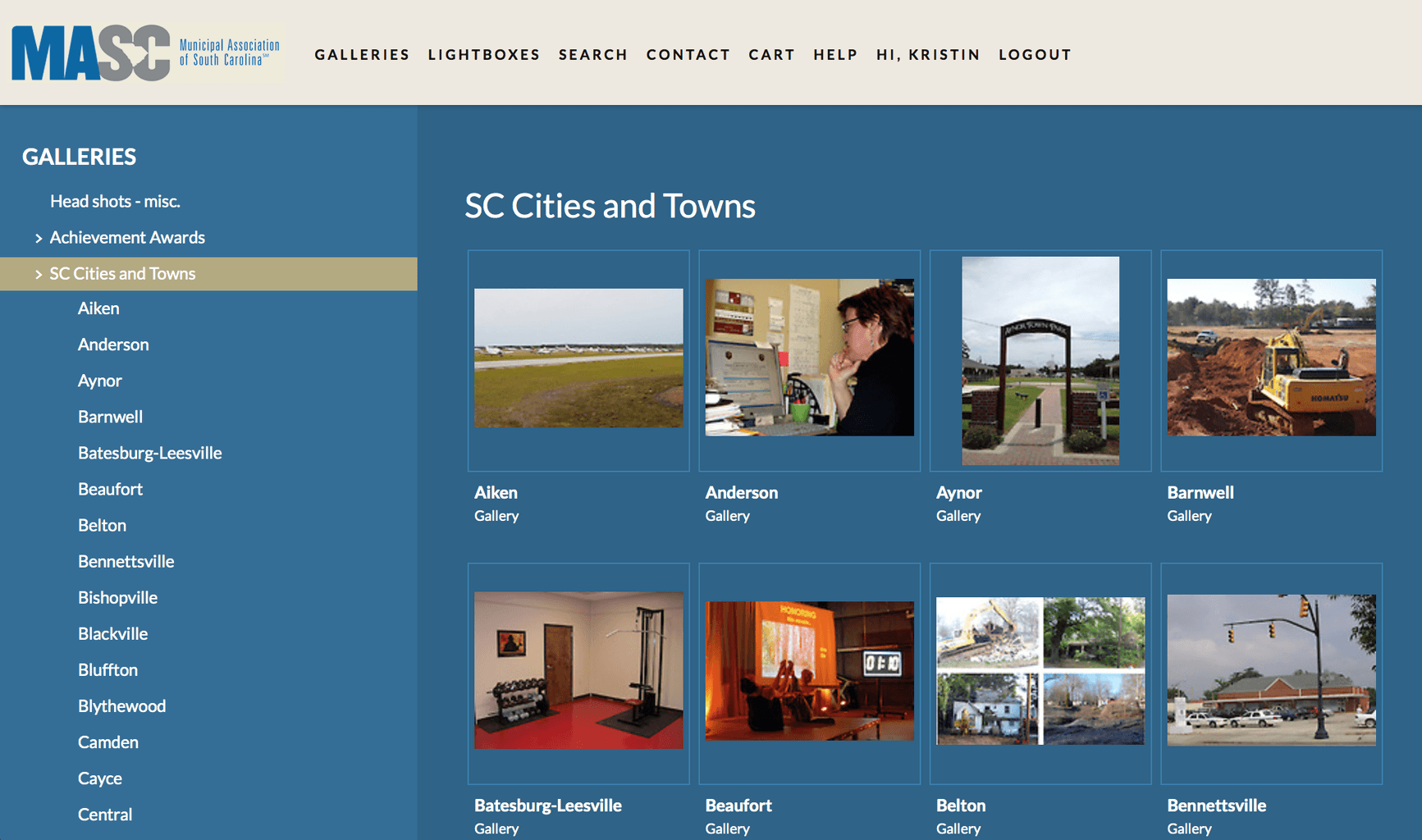
It also makes image sharing simple internally. As Mary plans for a 30th anniversary of an affiliate association, she can easily mark all of the photos for her team to use for the celebration, even after she’s left the organization and they can’t turn to her to find it for them.
“Before, that would have been painful, but now I’m able to tag it and put it in a lightbox, and they can have it for a celebration this fall.”
2. Search
When Mary works on a newsletter, she can now run a quick search for “park” and choose from more than 200 images to fit her work.
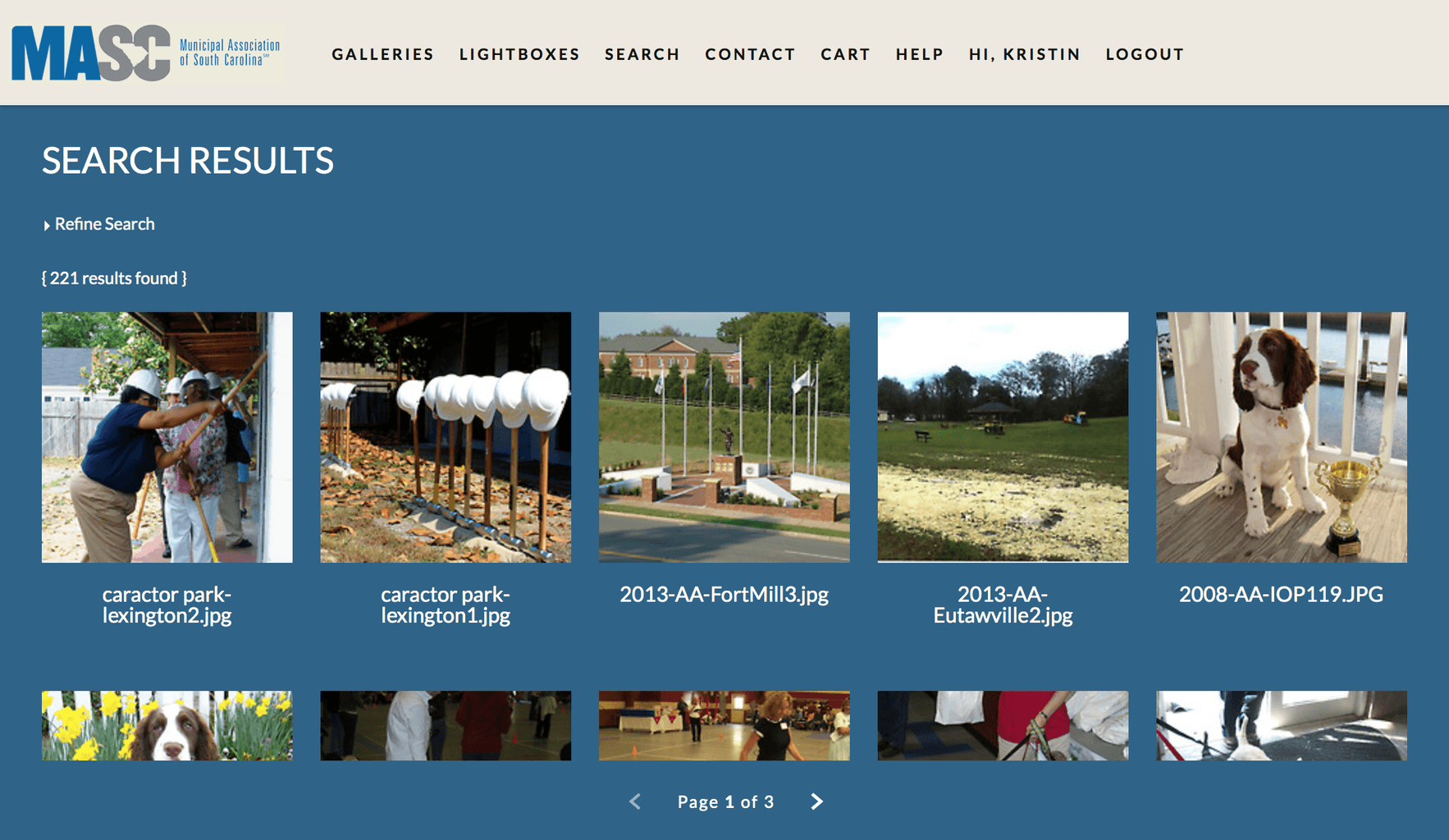
On the back end, keywords make this quick search possible. Advanced metadata capabilities let Mary tag photos in batch, which she called “a huge plus.” Remember, she only has a short time until she retires, and tagging each image individually is far too tedious for someone whose time is both extremely valuable and extremely limited.
3. Quick Delivery
When a colleague needs an image, Mary can now select a few and send them a gallery or lightbox with several choices, streamlining her own workflow and delighting her coworkers by giving them exactly what they need in a matter of five minutes.
“Before, I would have just chosen one for them, to get them what they needed in a reasonable time,” says Mary. “It would have taken literally clicking through every photo and searching through thumbnails.”
4. Showcasing Photos
MASC’s annual meeting brings together elected officials from all over the state, and afterwards, everyone wants to see the photos.
“In our publications, we can only print a couple, not all of them,” explains Mary, “and there really wasn’t an elegant way of doing that on our website.”
Now, they can share a link to a PhotoShelter gallery on the organization’s branded public portal with all of the 300+ photos captured at the event.

5. Preservation
As Mary sifts through decades of hard copies, she writes tags on the back. Gradually, the team is scanning them into the digital library and adding the metadata that she’s adding by hand to each photo. Now, her institutional memory will live on through the photo archive.
“It’s been a neat project, I’ve gotten to relive a lot of memories and the history of the association,” says Mary.
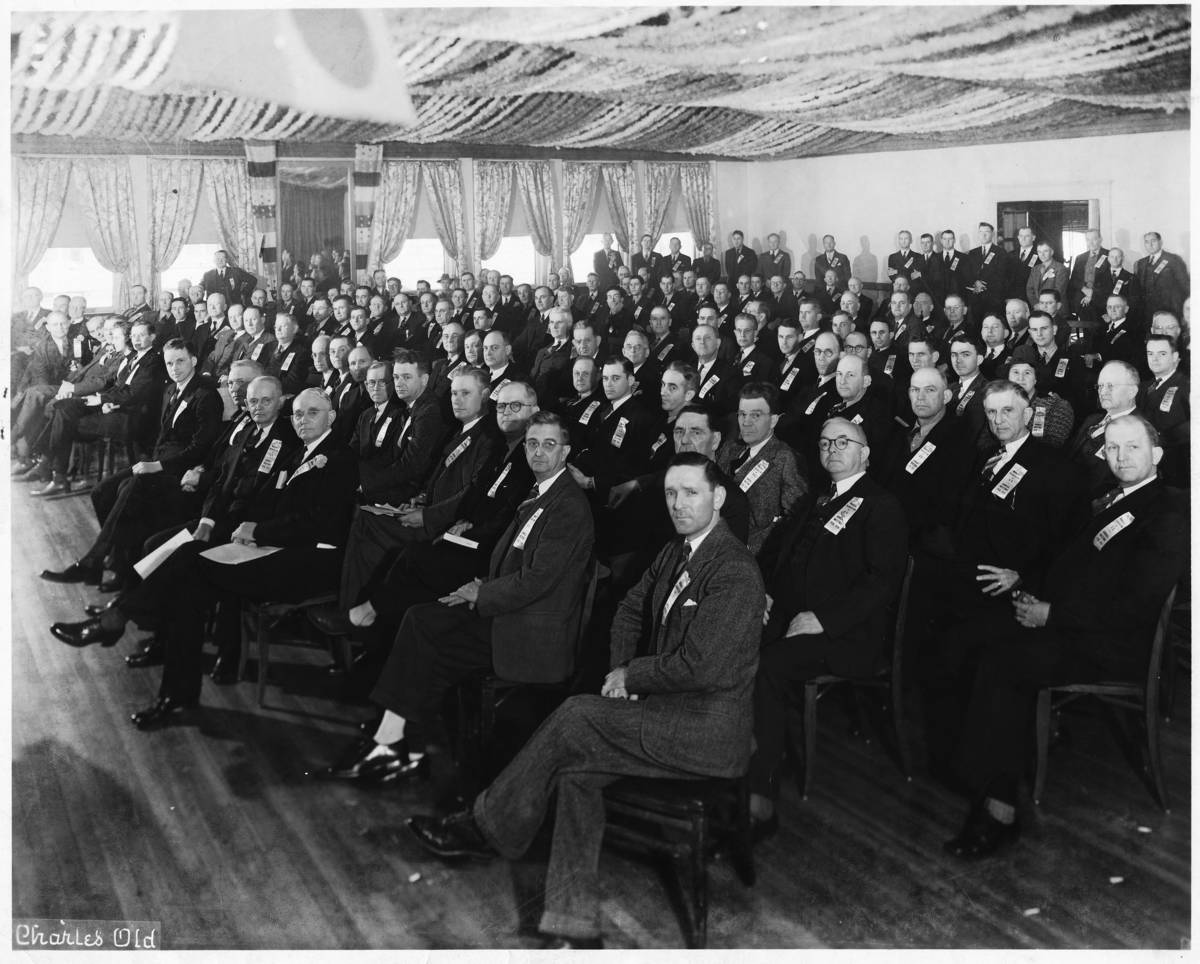
A Foundation for the Future
Mary gave a presentation to the rest of the staff about the new image library and its potential uses. Already, her team is excited about the possibilities.
“People’s wheels are turning on how they can use this tool in their positions, beyond just the communications area” says Mary (think, claims adjusters who use photos to document claims).
As she prepares to leave, she is rolling the new system out to her team, training them on best practices and testing the library to make sure it works for everyone.
“I want to build the car so they can just get in and drive it, so to speak,” says Mary.

And as Mary says goodbye to MASC, she is looking forward to seeing the impact of these historical photos, now available for easy access in the future.
“I’m just excited to turn it over so that our members can look at it,” says Mary. “I’m excited for when someone besides me can look at our collection.”
